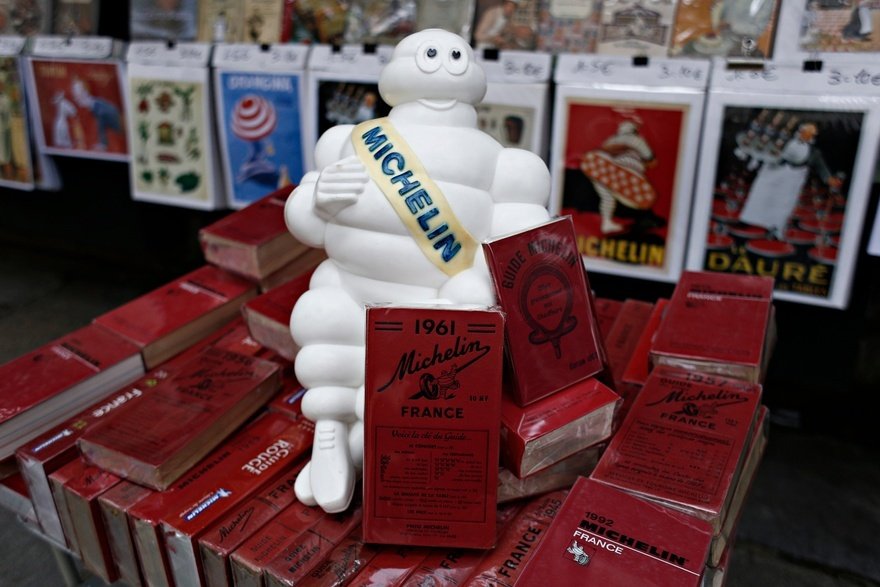David Moore explains how to get inside the mind of a Michelin inspector
Michelin. Has there ever been a corporation that has said so little yet created so much noise?
There is much written about the Michelin guide every year. The giving and taking of stars is mainstream news, demanding front-page stories and TV coverage. Yet Michelin says nothing about its decisions and gives little or no guidance to the aspiring chef who wants to know what is or what's not hitting the mark, or to identify a blind spot in the quality of a particular section of the kitchen.
My observations from my 29 years of experience at Pied à Terre, 27 of them with at least one Michelin star, is that ‘less is more'. My understanding is that Michelin will judge everything you give them, from the smallest canapé or amuse to the pre-dessert and final bite of the petits fours. If there is a fault, they will spot it and, quite simply, they will not award the star.
These are professional tasters, not bloggers who comment on personal likes and dislikes.
They can put aside personal preferences to drill down to the core of each dish and assess the technique and craft on the plate. If there is a weak link on the menu, you can be certain they will order it. Is it truly only about the food? Yes, that is my understanding.
However, I also believe that the rest of the package has to be appropriate to the style of food and the price point of the menu.
Michelin will be looking to see a well-managed business and a touchpoint for that might be as simple as noting that the toilets are regularly maintained – the little things count.
The first and last word that you will hear if you speak to an inspector is ‘consistency'. Many chefs can serve up a Michelin-starred meal, properly prepared from the finest produce and offering distinct flavours, but can they do it every day? Twice a day? Five or six days a week? That's what it takes to get one star.
When it comes to two stars, Michelin gives us a clue – the personality and talent of the chef must be evident on the plate. This is when the chef steps up, not only in terms of technical ability, but also artistry. Think Warhol, Pollock, Mondrian, Van Gogh – these artists had unique, recognisable styles. So, if we ate in five two-star restaurants from Monday to Friday and then we sat down to five dishes on Saturday, where one was from each restaurant, we would be able to name the chef who created each. The chef has lifted their craft to a higher level and they become as much of an artist as they are a chef in the eyes of Michelin.
If there is a fault, they will spot it and, quite simply, they will not award the star. These are professional tasters, not bloggers who comment on personal likes and dislikes
Now, we come to the criteria for a three-star restaurant. I have to admit I struggle to understand what makes a restaurant so exceptional that it is elevated to this status. Recently, a number of restaurants where we are told to expect the very best have left me disappointed. But what are the criteria for three stars? For me, it's almost a doubling up of the level of artistry, a splash of superior consistency and a good dollop of inspiration. Forget gold taps in the bathroom and a concierge at the front door; it will always be down to the food and the chef behind the food, with everything else being appropriate.
Michelin is a global recognition of what we do as a family team, business and restaurant. There is no greater accolade other than being a successful business. So, with all the uncertainty of what is and is not a Michelin-starred restaurant, who in their right minds would want one? Well, that's easy… me!
Continue reading
You need to be a premium member to view this. Subscribe from just 99p per week.
Already subscribed? Log In





